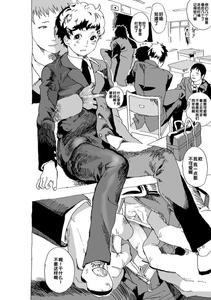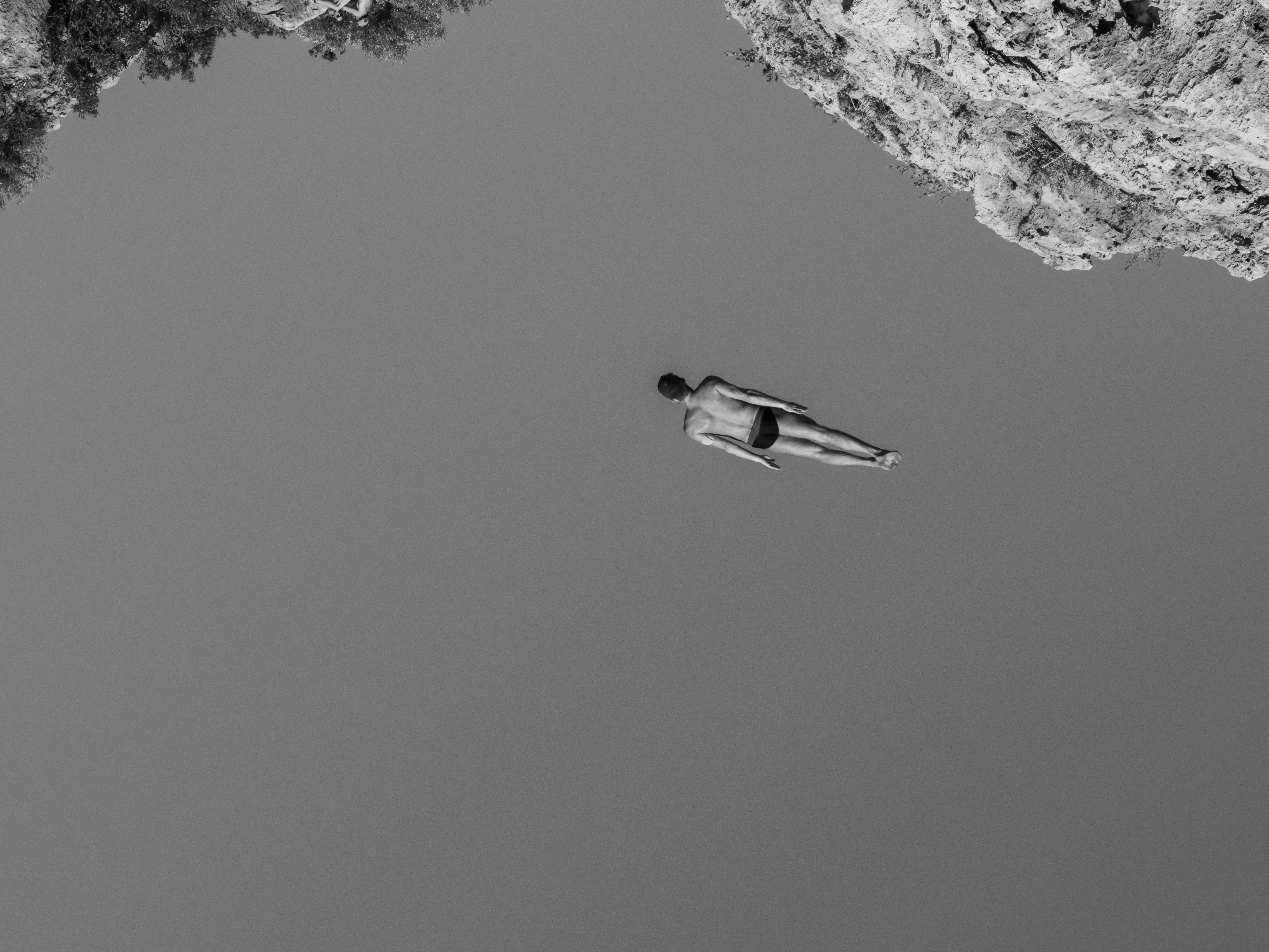Apply Now
Top 5 Practical Ways to Understand Lobo in 2025
Exploring Lobo's Origins in DC Comics
Lobo, the infamous intergalactic bounty hunter and anti-hero of the DC Universe, first appeared in "Omega Men" #3 in 1983, crafted by Roger Slifer and Keith Giffen. This comic book villain quickly evolved into a fan favorite due to his unique personality, a blend of humor and graphic violence. Lobo is recognized for his striking tattooed warrior look and quirky motto, "I'm Lobo, Baby!"
Understanding Lobo's origins is crucial, as they capture the essence of his character evolution within the comic book history. His transformation from a villain to a beloved anti-hero showcases the radical storytelling that defines many popular comic book arcs today. Lobo's character thrives in action-packed narratives filled with space opera elements, alien races, and the occasional showdown with heavyweights like Darkseid.
Delving into Lobo's backstory not only gives insight into his motivations but also highlights the socio-political commentary embedded within his adventures. Each of his escapades paves the way for discussions around themes of violence and morality in superhero narratives, influencing the portrayal of anti-heroics in modern comics.
Lobo's Unique Powers and Abilities
As a character designed with outrageous traits, Lobo possesses superhuman strength, regeneration, and the ability to withstand almost any physical harm. This unique power set allows him to tackle interstellar warfare effortlessly, making him a formidable opponent against both villains and heroes alike. This versatility is a key factor in Lobo's longevity and popularity in the DC Universe.
Lobo's regenerative capabilities not only add to his allure but also serve as a metaphorical commentary on resilience and rebirth within comic book narratives. Known for his talented motorbike riding skills, Lobo often navigates through space adventures that challenge his resilience. The humor infused in his dialogues provides levity, balancing the intense action sequences typically found in comic book events.
Understanding his powers can facilitate a deeper appreciation of the humorous and violent nature intertwined in his storytelling. The character embodies the complex dynamic of a beloved anti-hero who, despite his ruthless persona, often displays an unexpected layer of morality.
The Role of Humor in Lobo's Stories
Lobo's tales are characterized by a unique blend of graphic violence and humor, creating a cult classic aura around his narratives. The humor in Lobo's stories sometimes borders on parody, expertly commenting on superhero tropes and the absurdity of comic book conventions.
Comedic relief is essential in understanding Lobo's character, as the infusion of humor serves not just to entertain but also to provide a deeper commentary on themes such as identity in comics and societal behaviors. The radical storytelling techniques demonstrated in Lobo's narratives often employ running gags and ironic storytelling, humorously addressing the trials of his character’s life.
Furthermore, this emphasis on humor has continuously shaped fandom reactions, sparking theories that delve into Lobo's actions and motivations. Such considerations play a pivotal role in character analysis and understanding audience engagement, making Lobo a distinctive figure in comic book literature.
Lobo's Character Design and Evolution
The iconic design of Lobo, featuring his wild hair, imposing physique, and intricate tattoos, is not only visually striking but also symbolizes his rebellious nature. His character design has undergone various transformations, influenced by different creative teams over the years. This evolution reflects changing cultural contexts within the comic book industry.
Robert SLater’s artwork, among others, highlights Lobo's evolution, accentuating the dramatic shifts in visual representation across graphic novels and limited edition collectibles. Exploring Lobo's design choices offers insight into his archetypical analysis as an anti-hero. The character embodies a meta-commentary within superhero narratives, merging elements of nostalgia with contemporary relevance.
Understanding these visual elements and their impact on popular culture can enrich discussions about the character's place in history and expand appreciation for the imaginative approaches taken in graphic storytelling.
Future Appearances and Adaptations
As we look toward 2025, fans can anticipate Lobo's resurgence through various adaptations, from animated series to possible movie appearances. Engaging with the upcoming narratives surrounding Lobo will encourage exploration of not only the character but also how he fits into the evolving landscape of the superhero genre.
Adapting Lobo's unique personality and anti-hero traits into new mediums will undoubtedly spark fan theories regarding his influence on contemporary storytelling. The continued exploration of Lobo's lore will likely lead to fresh interpretations that remain true to his legacy while introducing modern themes.
As comic book sales rebound with compelling merchandise reflecting Lobo's adventures, the character's enhanced visibility might lead to new crossover titles, reinvigorating interest in his narratives. The exploration of Lobo's past and present offers valuable insights into ongoing discussions around comic adaptations.


Q&A Section: Understanding Lobo
What makes Lobo a fan favorite in the comic book world?
Lobo's blend of humor, violence, and unique powers makes him a captivating anti-hero, allowing readers to relate to the complexity of his character. His moral ambiguity coupled with unconventional antics resonates with audiences seeking depth in comic narratives.
How have Lobo's stories changed over the years?
Initially portrayed as a villain, Lobo's character has evolved into a celebrated anti-hero. This shift reflects changing cultural attitudes towards anti-heroism, allowing for a broader interpretation of comic book narratives in today's landscape.
What role does humor play in Lobo's character development?
Humor is integral to Lobo's stories, providing a lens for readers to engage with heavier themes while appreciating the inherent absurdities of superhero life. This comedic aspect enhances character depth and influences audience perceptions.
How does Lobo compare to other DC Universe characters?
Distinct in his portrayal, Lobo stands out against conventional heroes and villains. His radical approach to anti-heroics often leads to intriguing narratives that challenge the norms typically associated with the DC Universe.
What are the key themes in Lobo's adventures?
Themes of identity, morality, and the consequences of violence are prevalent in Lobo's stories. These elements prompt readers to engage in deeper discussions about the nature of heroism and anti-heroism, solidifying his impact on popular culture.


